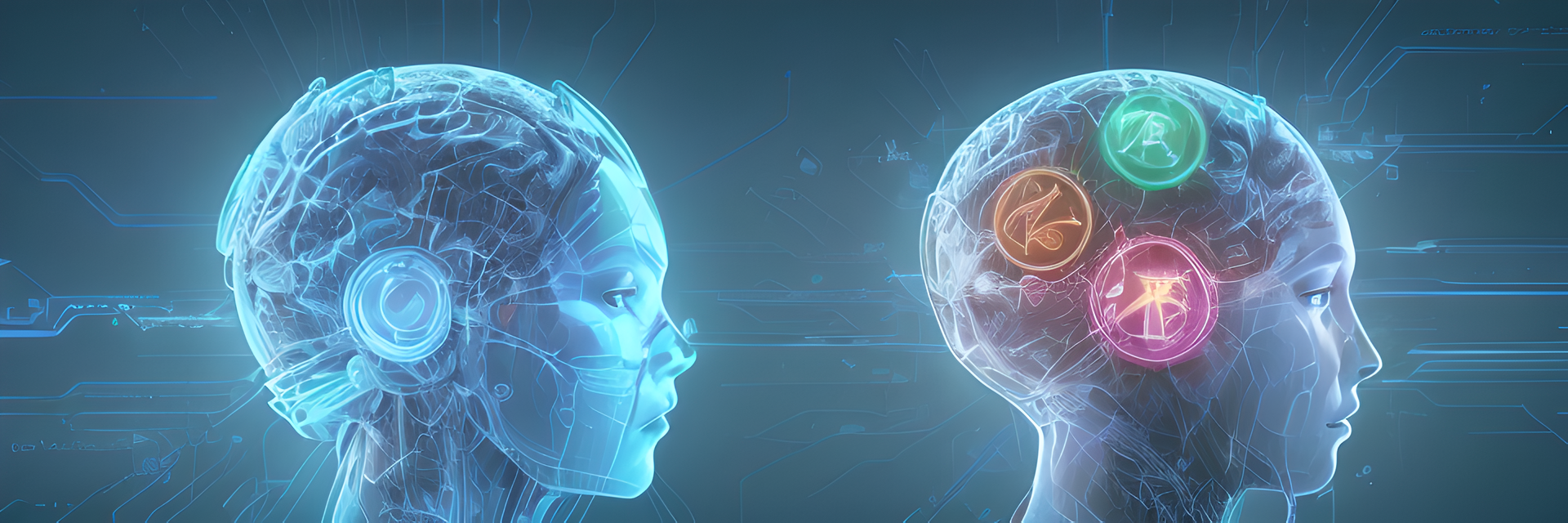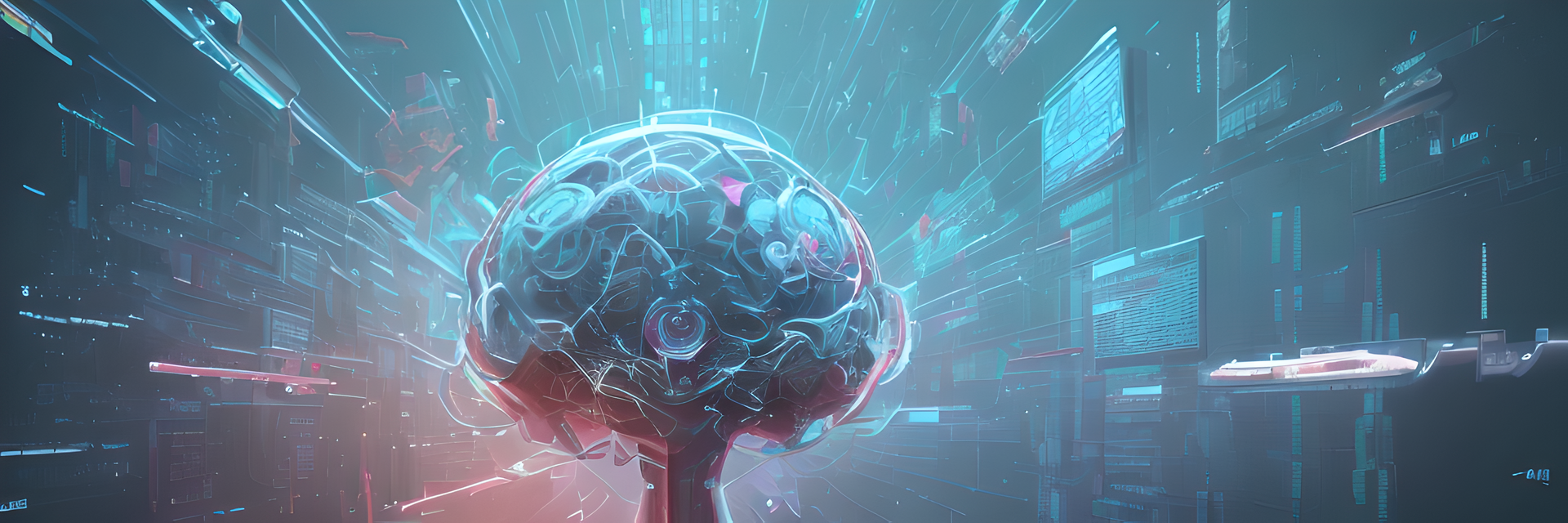Subscribed to The Quaxar Gaze to keep up to date on new content.
AI, Web3, VR/AR: The Coming Trifecta, Part 2

AI, Compute, and Cryptocurrency
The last article discussed the impact of AI on diminishing productivity value in the current economy. If left unchecked, the long-term effect could drive the value of human labor towards zero. At the same time, it’s expected to produce an abundance of low-cost products.
Similar changes have occurred many times throughout history. For instance, after the invention of the printing press, the value of scribes dropped so drastically that they no longer exist as a distinct social class. The introduction of mechanical looms and weavers made textile production so inexpensive that the poorest quality of clothing we enjoy today would have only been reserved for the upper class in the past. These innovations reduced the value of weaving labor to such an extent that early textile workers, known as Luddites, vehemently opposed mechanical weavers. Even today, we use the term “Luddites” to refer to those who resist technology. The industrial revolution is filled with countless examples of labor-replacing machines that reshaped the economic landscape.
In this early age of AI, where Large Language Models (LLMs) and diffusion models have just started to yield significant productivity, something new is happening. Cognitive work is the first to be encroached upon. Despite the early focus on autonomous driving and robotics, it turns out that pure cognitive work, such as writing and painting, is an easier problem for AI to solve. This development presents a direct challenge to our understanding of intelligence and humanity, with potentially far-reaching implications. AI has already introduced a deluge of cognitive products, such as images and articles, and soon videos and music, at exponentially higher rates. Its economic impact will hit swiftly and intensely, particularly in economies relying on cognitive services.
AI, Web3, VR/AR: The Coming Trifecta, Part 1

I hold a strong belief, or rather a hypothesis, that the next leap in technology will be realized through the confluence of three fields: AI, web3, and VR/AR. The exact manner and path through which this will occur remain unclear, but the vision is rapidly coming into sharper focus.
Part 1 - A.I. And Economic Value
AI is unmistakably here to stay, and it needs little persuasion to accept that it will form the backbone of the future digital economy. As companies and individuals rush towards the AI goldmine, a few noteworthy issues arise.
The two immediate issues facing our economic future are:
- AI will replace human labour
- AI is not scarce
AI is Labour
The success of ChatGPT has already demonstrated that AI is replacing human labour, at least in cognitive work. This is now our reality, and it’s only a matter of time before its capabilities extend towards robotic control systems. Consequently, physical labour will soon be dominated by AI as well. The last time machines massively replaced human labour was during the industrial revolution, but what’s different this time is that humans will no longer be in the driver’s seat, and work can be performed entirely without human involvement.
At first glance, this might seem positive, as productivity will increase exponentially, and more value can be produced. While human workers might suffer, investors and shareholders could be content. A deeper examination, however, reveals a different picture.
Productive Extended Streamline Tractography

In the last article I introduced Extended Streamline Tractography (XST). In this article I will talk talk about the best practices and supporting softwares when applying XST to real MR data.
The Pipline
- Preprocess DWI images
- Generate seeding coordinates from ROI mask
- Running XST
- Embedd diffusivity metrics onto the tractography model
Requirements
The following are required to run the supporting scripts:
PyNRRD:
git clone https://github.com/sinkpoint/pynrrd.git
python setup.py install
Scripts:
git clone https://github.com/sinkpoint/neuro-scripts.git
Then make sure to add the neuro-script repo dir to the path in .bashrc. If you are on OSX then add it to .bash_profile.
export path=$PATH:/my/neuro-script
Preprocess DWI images
Diffusion weighted image (DWI) preprocessing involves a number of steps, including motion and eddy-current corrections, possibly reverse-phase encoding corrections, resampling, etc, that are outside the scope of this article. Here I’ll outline the XST specific steps. For for information on general DWI preprocessing, refer to the FSL EDDY and TOPUP documentations.